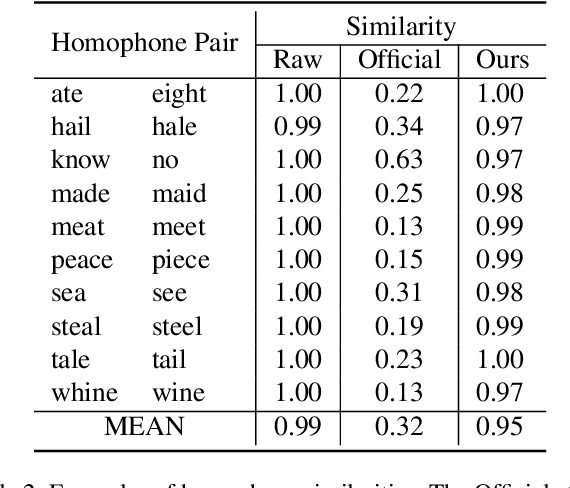Guangyu Chen
Securing the Skies: A Comprehensive Survey on Anti-UAV Methods, Benchmarking, and Future Directions
Apr 16, 2025Abstract:Unmanned Aerial Vehicles (UAVs) are indispensable for infrastructure inspection, surveillance, and related tasks, yet they also introduce critical security challenges. This survey provides a wide-ranging examination of the anti-UAV domain, centering on three core objectives-classification, detection, and tracking-while detailing emerging methodologies such as diffusion-based data synthesis, multi-modal fusion, vision-language modeling, self-supervised learning, and reinforcement learning. We systematically evaluate state-of-the-art solutions across both single-modality and multi-sensor pipelines (spanning RGB, infrared, audio, radar, and RF) and discuss large-scale as well as adversarially oriented benchmarks. Our analysis reveals persistent gaps in real-time performance, stealth detection, and swarm-based scenarios, underscoring pressing needs for robust, adaptive anti-UAV systems. By highlighting open research directions, we aim to foster innovation and guide the development of next-generation defense strategies in an era marked by the extensive use of UAVs.
WavMark: Watermarking for Audio Generation
Aug 24, 2023Abstract:Recent breakthroughs in zero-shot voice synthesis have enabled imitating a speaker's voice using just a few seconds of recording while maintaining a high level of realism. Alongside its potential benefits, this powerful technology introduces notable risks, including voice fraud and speaker impersonation. Unlike the conventional approach of solely relying on passive methods for detecting synthetic data, watermarking presents a proactive and robust defence mechanism against these looming risks. This paper introduces an innovative audio watermarking framework that encodes up to 32 bits of watermark within a mere 1-second audio snippet. The watermark is imperceptible to human senses and exhibits strong resilience against various attacks. It can serve as an effective identifier for synthesized voices and holds potential for broader applications in audio copyright protection. Moreover, this framework boasts high flexibility, allowing for the combination of multiple watermark segments to achieve heightened robustness and expanded capacity. Utilizing 10 to 20-second audio as the host, our approach demonstrates an average Bit Error Rate (BER) of 0.48\% across ten common attacks, a remarkable reduction of over 2800\% in BER compared to the state-of-the-art watermarking tool. See https://aka.ms/wavmark for demos of our work.
Homophone Reveals the Truth: A Reality Check for Speech2Vec
Sep 23, 2022



Abstract:Generating spoken word embeddings that possess semantic information is a fascinating topic. Compared with text-based embeddings, they cover both phonetic and semantic characteristics, which can provide richer information and are potentially helpful for improving ASR and speech translation systems. In this paper, we review and examine the authenticity of a seminal work in this field: Speech2Vec. First, a homophone-based inspection method is proposed to check the speech embeddings released by the author of Speech2Vec. There is no indication that these embeddings are generated by the Speech2Vec model. Moreover, through further analysis of the vocabulary composition, we suspect that a text-based model fabricates these embeddings. Finally, we reproduce the Speech2Vec model, referring to the official code and optimal settings in the original paper. Experiments showed that this model failed to learn effective semantic embeddings. In word similarity benchmarks, it gets a correlation score of 0.08 in MEN and 0.15 in WS-353-SIM tests, which is over 0.5 lower than those described in the original paper. Our data and code are available.
 Add to Chrome
Add to Chrome Add to Firefox
Add to Firefox Add to Edge
Add to Edge